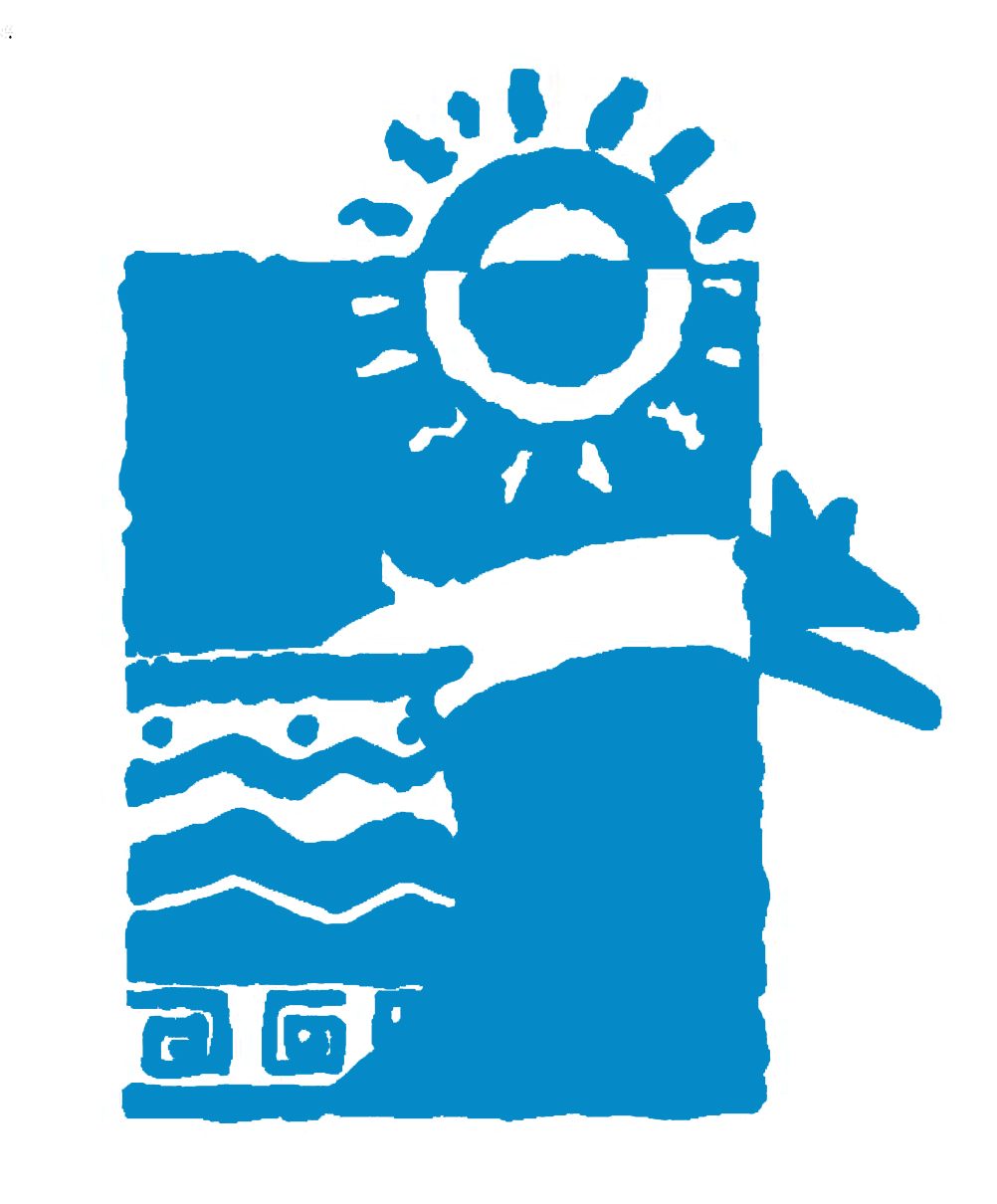[Source: Yvonne Wingett-Sanchez, The Arizona Republic] – The future of Arizona’s state parks is at risk, a new audit says, and their long-term financial sustainability depends on expanded partnerships and marketing efforts.
An Auditor General’s Office report released Wednesday portrayed the parks system as in dire need of funding. The Legislature and Gov. Jan Brewer cut funding to about $25.7 million last fiscal year from about $54.7 million in fiscal 2008, the report said. The audit also found that low and declining visitation was among the factors that pose long-term risks for the parks. Auditors recommended the Arizona State Parks Board, which manages the state’s 30 parks, continue to expand partnerships with local governments and organizations and create a new marketing campaign to showcase the parks. Auditors also said the board should study how the parks system can become more financially sustainable.
The 30 state parks cover a total of 62,000 acres, with 28 percent of the land owned by the state and 72 percent leased or under easement from federal and state entities. There are four types of parks, ranging from environmental-education parks such as Boyce Thompson Arboretum to recreation areas such as Kartchner Caverns. About 2 million people visited the state parks in fiscal 2011, the report said.
Cristie Statler, executive director of the Arizona State Parks Foundation, said the audit results were no surprise given years of deep budget cuts to parks funding by the governor and lawmakers. “They swept entrance fees, gift-shop money, donations, as well as eliminated the $10 million annual Heritage Fund allocation to state parks,” she said. Statler pointed out that, time and again, surveys say Arizonans overwhelmingly support state parks and open spaces and believe such areas add to a region’s economic health. “The only reason we have state parks open right now is because partners around the state, municipalities and non-profits, have supported … a huge number of state parks — about 19 across the state,” Statler said. “Were it not for these partnerships — I kid you not — these parks would be closed.”
In some partnerships, for example, cities will agree to share certain park expenses. Statler said she understands the need to continue to expand such partnerships but questioned auditors’ recommendation of a marketing campaign. “If you don’t have money, how can you promote the parks?” she asked. “To admonish the state parks board or direct them to continue to expand partnerships is to relinquish any state responsibility for the state’s park system.”
The audit also found:
![]() Arizona has one of the lowest number of park visits among Western states, and state parks compete with many national and local parks for visitors.
Arizona has one of the lowest number of park visits among Western states, and state parks compete with many national and local parks for visitors.
![]() The loss of state funding for park operations has created a need for the system to transition from being supplemented from state coffers to earning enough revenue to cover its own operating expenses. Historically, park revenue has not covered operating expenditures, until recently.
The loss of state funding for park operations has created a need for the system to transition from being supplemented from state coffers to earning enough revenue to cover its own operating expenses. Historically, park revenue has not covered operating expenditures, until recently.
![]() The board has taken steps to increase revenue, including adding electrical hookups at campsites, an improved reservations system and a new fee schedule that charges lower fees to attract campers during the off-season and higher fees when sites are at a premium.
The board has taken steps to increase revenue, including adding electrical hookups at campsites, an improved reservations system and a new fee schedule that charges lower fees to attract campers during the off-season and higher fees when sites are at a premium.
